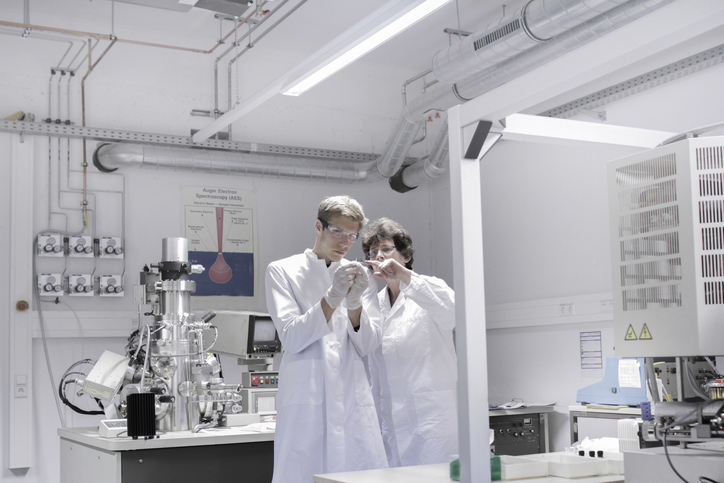A new nanomedicine formulation method that uses the active pharmaceutical ingredient (API) as a scaffold rather than a separate matrix is a big breakthrough for biopharmaceutical manufacturers, says the team behind controlled-release insulin.
The concept of nanomedicine—the use of nanoscale technologies to create new dosage forms with improved characteristics—has been around for a century. In most nano formulations the API is loaded onto an inert, non-functional material made of lipids or biodegradable polymers.
In the small molecule space several nano-drug formulations are already on pharmacy shelves and more are in the pipeline.
The approach has also been used to develop nano-formulations versions of biopharmaceuticals. However, says Andrew Urquhart, PhD, from the Technical University of Denmark, the reliance on matrices has been a challenge.
“Where there is matrix there cannot be drug and vice versa. If you are trying to load a biopharmaceutical, which frequently has a large molecular weight, then this means that the biopharmaceutical takes up more space than, say, a small molecule drug. This in turn means that we load less of the biopharmaceutical into a matrix,” explains Urquhart.
To overcome this, Urquhart and colleagues developed a way of making nano-formulations in which the API itself acts as the matrix.
Protein nanoclusters
The approach, detailed in a paper in the International Journal of Biological Macromolecules,is based on the creation of so called “protein nanoclusters.”
“With protein nanoclusters we are maximizing the biopharmaceutical loading by eliminating the need for an inert matrix. This in turn allows a higher dose of a biopharmaceutical which could reduce the number of doses required,” continues Urquhart.
The team used insulin to develop the process, with the first stage being to cluster protein molecules into nano-sized spheres.
“In this research we developed a methodology that linked insulins into small repeating units (oligomers of 2–5 insulins in water),” says Urquhart. This involved chemically linking insulins in a manner that was reversible in the body, in other words, when the drug is administered the linkers begin to cleave.
“Then we force these insulin units to precipitate by introducing a small quantity of water miscible organic solvent which can be easily removed before any biological work. By controlling the rate of organic solvent addition we can control the size of the insulin nanocluster and we use the point where the solution becomes turbid.”
The resulting formulations show significant promise for the production of patient-friendly treatments for people with type 2 diabetes, notes Urquhart.
“Insulin nanoclusters had a lower potency than free insulin but a significant increase in therapeutic duration and allowed a large concentration of insulin to be administered without apparent toxicity. This last point is of potential interest in the case of patients with insulin resistance as a reduced number of administrations combined with a higher injection dose of insulin may help treat these patients.”
Big nanomedicine potential
And, looking beyond insulin, the nanocluster approach could be used to formulate other large molecule protein therapeutics and antibodies, according to Urquhart.
“Any therapeutic protein has the potential to be clustered as nanoclusters,” he points out. We are still at an early stage in this emerging field and so there may be beneficial protein physicochemical properties for nano-clustering that we will discover as research continues.
“It is also worth highlighting that in our biology, we have proteins that cluster into complex intracellular machinery that appear to assemble and disassemble in a controllable fashion. This last aspect indicates that protein clustering is flexible and controllable but will require significant study if we are to approach the level of control that our cells achieve.”
Urquhart and his colleagues have previously developed nanocluster formulations of large molecule drugs for the treatment of neurodegenerative diseases of the retina.


